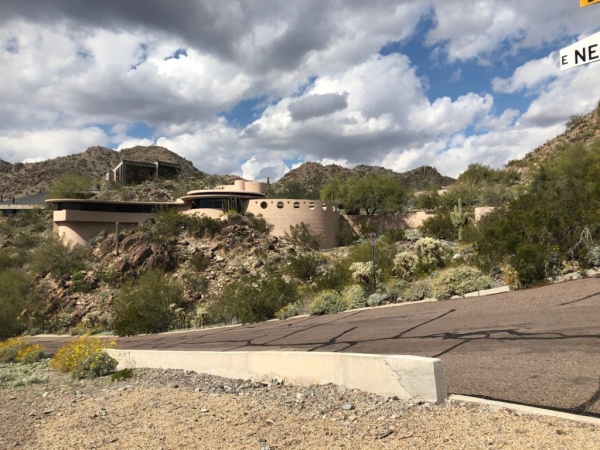Case and point is the classic design-bid-build delivery system. This process proposes that the contract sum for construction will be established after 70% of the design fees are expended and then only after considerable time and effort have been invested by those that pay the bill, otherwise known as the Owner. When the bids don’t conform to the budget, then the re-design process kicks in. In most cases, the Owner pays that bill too ─more time and money.
(Though a topic of another essay, there’s a popular myth in play here: the low competitive bid is the ?correct, ?lowest, ?optimum cost. (This idea is examined in the text: “Design-Build” (Beard, Loulakis, and Beard”))
Consider these numbers with respect to risk allocation:
1.70-75% of development period costs are “hard” costs, e.g., construction costs
2.A faulty sum of the parts estimate can miss the mark by 20%
3.Thus the speculative error is perhaps 15% of development period total cost
4.(5% or less is considered an acceptable tolerance in many circles)
With this much uncertainty in the deal, who carries the risk…. negotiations ensue. Is it the designer, or the builder, or the Owner?Who is the best entity to carry what risk? (that party best positioned to control or reduce the risk)
This writer’s premise is that cost analysis can only be based on market-derived facts and that these facts must be identified and quantified during the front-end, pre-construction phase of project. These analysis resources can be brought to bear in a variety of ways and this topic is the subject of a series of essays also on this platform:

